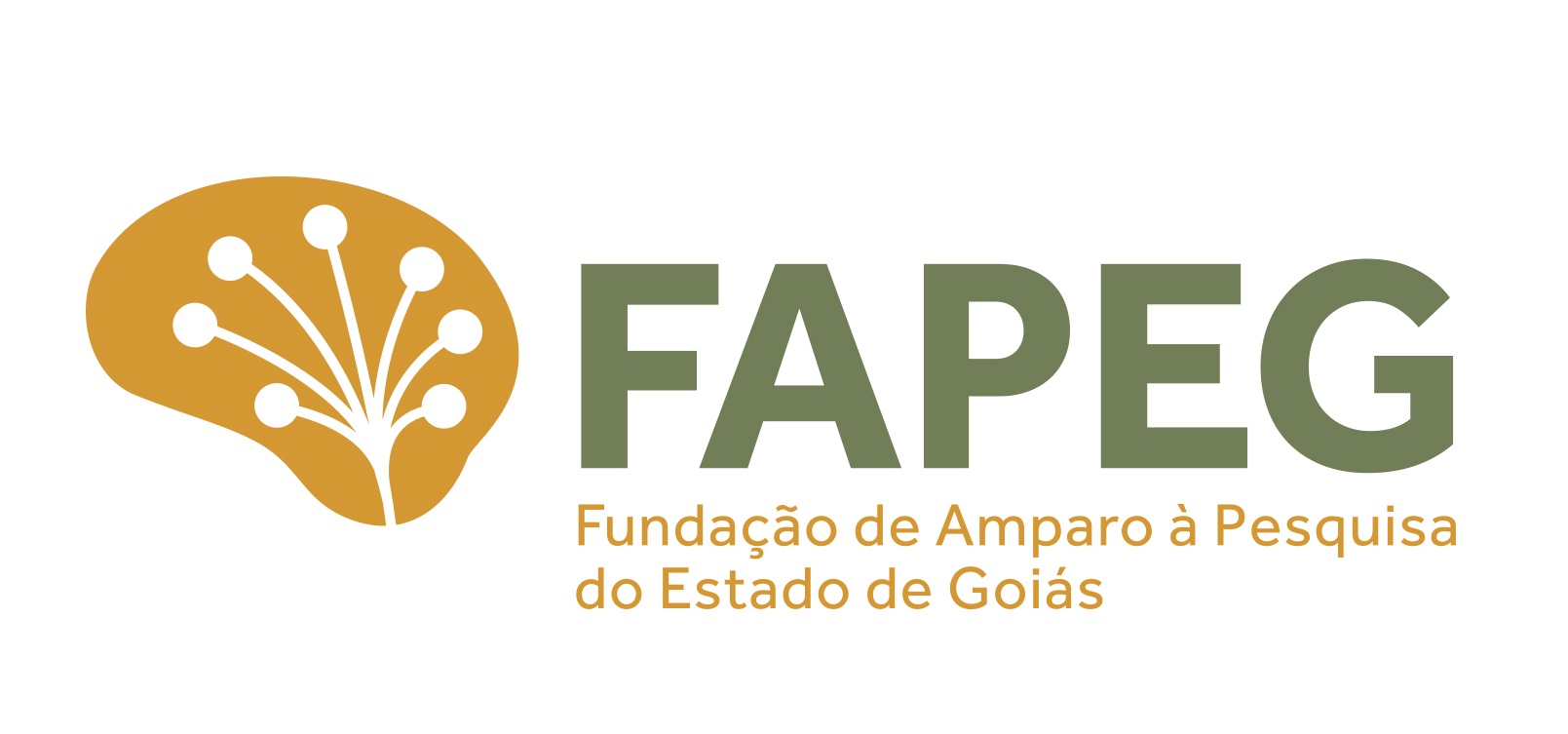Prospects for growth of distance education in Brazil
DOI:
https://doi.org/10.14295/bjs.v1i8.52Keywords:
Distance education, Growth, StatisticsAbstract
This study aims to present figures that prove the growth of distance education in Brazil, based on data provided by ABRAEAD (Brazilian Statistical Yearbook of Open and Distance Education) and INEP (National Institute of Educational Studies and Research Anísio Teixeira). In its development, it points out that in Brasil, the methodology of distance education began with educational programs broadcast on the radio and the creation of the Basic Education Movement (MEB) that taught young people and adults to read through the radio. Distance education is now considered a method of distributing knowledge, skills and attitudes through electronic means. There is also an opportunity in the market for companies to offer services to meet the notoriously growing demand for skills. The distance education process is based on four stages: planning, development, evaluation and review, which will be detailed in this work. Through the use of inferential statistics and based on data provided by INEP, it was possible to estimate the growth of distance education in the coming years. Finally, perspectives on the future of distance education in Brasil are presented, a modality that, today, still has its own ways of execution, but obeys the general concept of education, which is transformed, as visions and the needs of the world.
References
ABRAEAD (2008). Anuário Brasileiro Estatístico de Educação Aberta e à Distância. Disponível em: http://www.abraead.com.br/. Acesso em 20 fev. 2011.
Albuquerque, R. de C. (2011). Educação à distância: uma alternativa viável para educação de funcionários. Disponível em: http://www.umtoquedemotivacao.com/administracao/educacao-a-distancia-uma-alternativa-viavel-para-capacitacao-dos-funcionarios. Acesso em 18 fev. 2011.
Alonso, K. M. (1996). A educação à distância no Brasil: a busca de identidade. In: Preti, O. (org.). Educação à distância: inícios e indícios de um percurso. Cuiabá: NEAD/IE – UFMT.
Freitas, L. C. de C. T. de. (2007). Educação a Distância sabe quanto você ganha com isso? Tudo sobre EAD. São Paulo: Minuano.
Ghedine, T., Freitas, H. (2004). Um estudo exploratório sobre a utilização da Educação à Distância via Internet em organizações brasileiras, EADI - European Association of Development Research and Training Institutes, capítulo de livro moems, 33 p.
Ghedine, T., Testa, M. G., Freitas, H. M. R. (2006). Compreendendo as iniciativas de educação à distância via internet: estudo de caso em duas grandes empresas no Brasil. Revista de Administração Pública, 40(3): 427-455. DOI: https://doi.org/10.1590/S0034-76122006000300006
Gomes, L. F. (2013). EaD no Brasil: perspectivas e desafios. Avaliação, 18(1), 13-22. DOI: https://doi.org/10.1590/S1414-40772013000100002
Inep. (2010). Instituto Nacional de Estudos e Pesquisas Educacionais Anísio Teixeira. O crescimento da educação à distância no Brasil. Disponível em: http://www.inep.gov.br/. Acesso 28 dez. 2010.
Konrath, M. L. P., Rarouco, L. M. R. & Behar, P. A. (2009). Competências: desafios para alunos, tutores e professores da EaD. Revista Renote, 7(1). DOI: https://doi.org/10.22456/1679-1916.13912
Landim, C. das M. P. F. (1997). Educação à distância: algumas considerações. Rio de Janeiro.
Lobo Neto, F. J. S. (2001). Educação a Distância Referencias & Trajetória. 1.ed. Rio de Janeiro: Plano.
Maia, C. (2001). Guia Brasileiro de Educação a Distancia. 1. ed. São Paulo: Esfera.
Ostronoff, H. (2008). Guia de Educação a Distância. Seu acesso para o Ensino Superior, São Paulo: Segmento, p. 5-82.
Pagliarussi, M. S., Gregolin, J. A. R., Agnell, J. A. M. (2011). Desenvolvimento de um sistema de treinamento à distância aplicado ao setor industrial: proposta de aplicação na área de tecnologia de polímeros. VI Congresso Internacional de Educação à Distância. Disponível em: http://www.abed.org.br/antiga/htdocs/paper_visem/marcelo_pagliarussi.htm. Acesso em 20 fev. 2011.
Palloff, R. M., Pratt, K. (2002). Construindo comunidades de aprendizagem no ciberespaço. Porto Alegre: Artmed.
Schneider, E. I., Suhr, I. R. F., Rolon, V. E. K. & Almeida, C. M. (2013). Sala de aula invertida em EaD: uma proposta de blended learning. Revista Intersaberes, 8(16), 68-81.
Silva, A. N., Santos, A. M. G.., Cortez, E. A. & Cordeiro, B. C. (2015). Limites e possibilidades do ensino à distância (EaD) na educação permanente em saúde: revisão integrativa. Ciência & Saúde Coletiva, 20(4), 1099-1107. DOI: https://doi.org/10.1590/1413-81232015204.17832013
Zentgraf, M. C. (2000). A educação à distância, a nova lei do ensino e o professor. Revista Conect@, 1. Disponível em: www.revistaconecta.com/.../zentgraf_nova_lei.htm. Acesso em 25 jun. 2009.
Downloads
Published
How to Cite
Issue
Section
License
Copyright (c) 2022 Fernando Ribeiro

This work is licensed under a Creative Commons Attribution 4.0 International License.
Authors who publish with this journal agree to the following terms:
1) Authors retain copyright and grant the journal right of first publication with the work simultaneously licensed under a Creative Commons Attribution License that allows others to share the work with an acknowledgement of the work's authorship and initial publication in this journal.
2) Authors are able to enter into separate, additional contractual arrangements for the non-exclusive distribution of the journal's published version of the work (e.g., post it to an institutional repository or publish it in a book), with an acknowledgement of its initial publication in this journal.
3) Authors are permitted and encouraged to post their work online (e.g., in institutional repositories or on their website) prior to and during the submission process, as it can lead to productive exchanges, as well as earlier and greater citation of published work.




